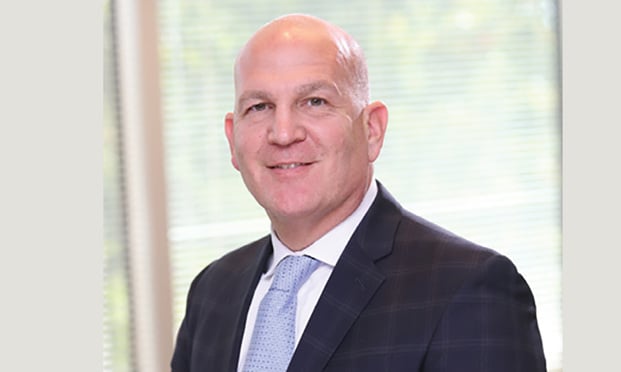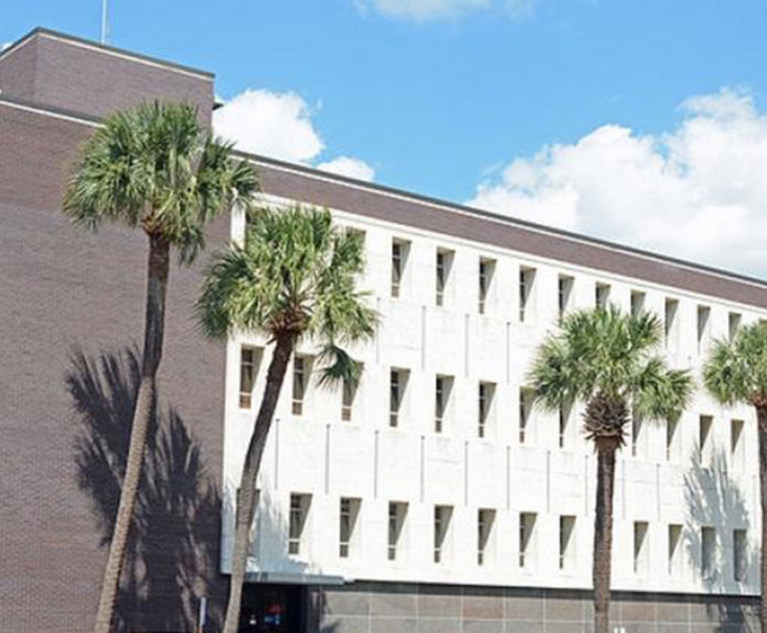When law enforcement kills a member of our community, long before you learn the officer’s name, you often learn that the victim was “no angel.” Whether it’s Ahmaud Arbery or George Floyd or Eric Garner, always, no angel. And even when somebody is pretty angelic, like Philando Castile or Botham Jean, there’s a rush to blame them for smoking marijuana or watching movies in the dark. And that attitude is reflected in the way our criminal justice system would treat these who survive violent confrontations from police. Following that survival, there is prosecution. And as part of its case, the state is going to use rule 404(b) to tell the jury every nefarious thing the defendant has ever done. In theory, such evidence is not readily admissible, because it effectively destroys the presumption of innocence, assuring jurors that, even if the defendant didn’t commit this crime, a conviction works no great injustice because he is no angel. But in reality, admission is close to automatic in most courts.
By contrast, so-called reverse 404(b) evidence is some of the most difficult, almost impossible, evidence to admit in our legal system. Let’s say I represent another victim of the officer facing murder charges for the death of George Floyd, and my client is charged with felony obstruction. If our defense is that my client was not “offering violence” to the officer but instead defending himself against the officer’s excessive use of force, I might want to show the video of the officer with his knee on Mr. Floyd’s neck or give the jury a look through what is reported to be a very lengthy personnel file. But, if I try to introduce this evidence at trial, the prosecutor will object, the judge will sustain the objection, the jury will never hear the evidence, and, if my client is convicted, the appellate courts will affirm the trial court’s ruling.

 Noah Pines of Ross & Pines. (Courtesy photo)
Noah Pines of Ross & Pines. (Courtesy photo)







